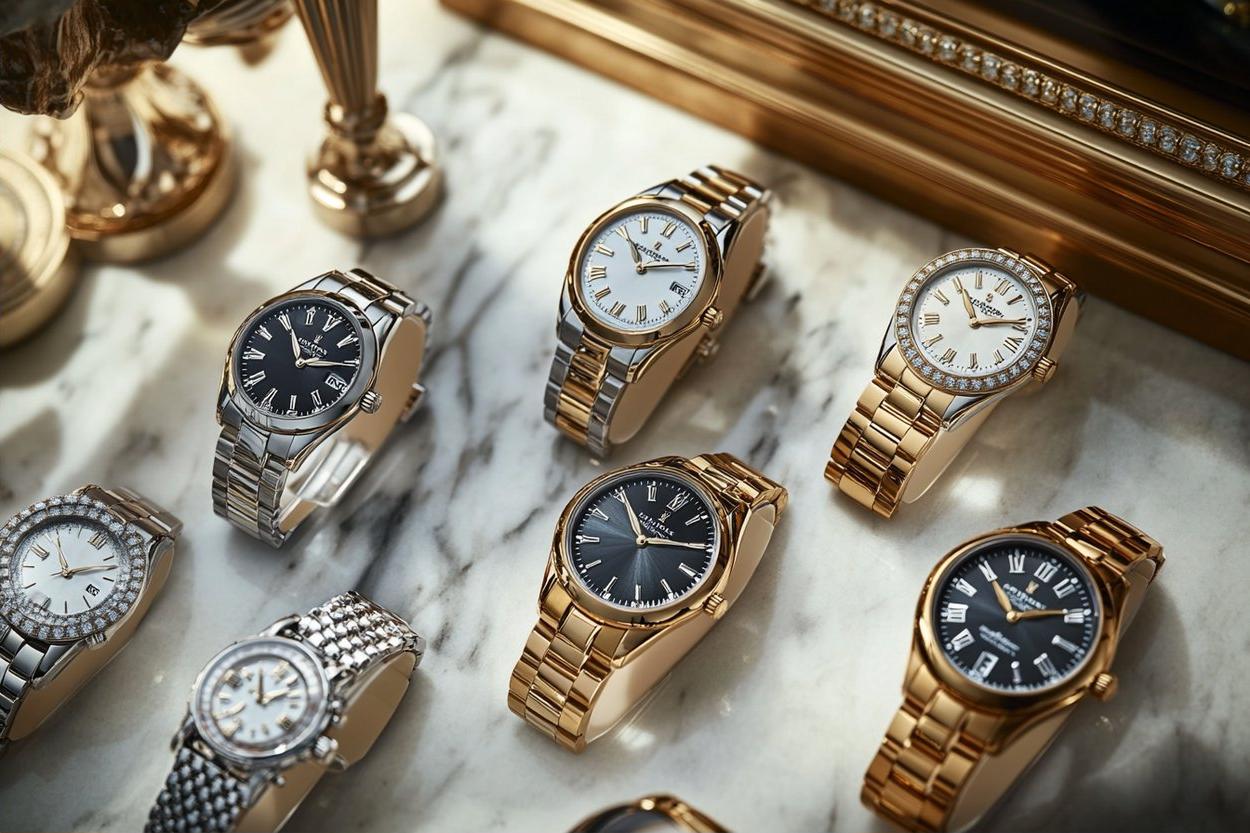How to Bid on Exquisite Items at Seized Jewelry Auctions
Seized jewelry auctions present unique opportunities to acquire valuable pieces at potentially reduced prices. These specialized events feature items confiscated by law enforcement agencies from criminal activities, tax liens, or other legal proceedings. Understanding the bidding process and preparation strategies can help you navigate these auctions successfully while avoiding common pitfalls that inexperienced bidders often encounter.

What Are Seized Jewelry Auctions and How Do They Work?
Seized jewelry auctions are public sales conducted by government agencies, law enforcement departments, or authorized auction houses to liquidate confiscated jewelry items. These auctions typically include pieces seized during criminal investigations, tax collection efforts, or customs violations. The jewelry ranges from everyday pieces to high-end luxury items, including diamonds, precious metals, designer pieces, and vintage collections.
The auction process usually begins with a preview period where potential bidders can examine items firsthand. This inspection time is crucial for assessing quality, authenticity, and condition. Most seized jewelry auctions operate under “as-is” conditions, meaning buyers accept items in their current state without warranties or guarantees from the selling agency.
Essential Tips Before You Bid on Seized Jewelry Auctions
Proper preparation significantly impacts your auction success. Start by researching upcoming auctions through official government websites, auction house announcements, and legal notices in local newspapers. Register for auctions well in advance, as many require pre-registration and proof of funds or deposit requirements.
Set realistic budgets before attending auctions and stick to them regardless of bidding excitement. Research comparable jewelry pieces online and through local jewelers to understand market values. This knowledge prevents overbidding and helps identify genuine bargains. Consider additional costs like buyer’s premiums, taxes, and potential restoration expenses when calculating your maximum bid amounts.
Verify the auction’s legitimacy by confirming the selling agency’s authority and reviewing all terms and conditions. Legitimate seized jewelry auctions provide clear documentation about item origins and sale conditions.
How to Bid on Seized Jewelry Auctions Effectively
Successful bidding requires both strategy and composure. Arrive early to thoroughly inspect items during the preview period, bringing a jeweler’s loupe or magnifying glass to examine stones and settings closely. Look for hallmarks, maker’s marks, and signs of damage or previous repairs that might affect value.
During the auction, remain calm and avoid emotional bidding. Professional auctioneers create excitement to drive prices higher, so maintaining discipline is essential. Start with conservative bids on less popular items to gauge competition levels and auction pace. Pay attention to other bidders’ patterns and the auctioneer’s rhythm to time your bids effectively.
Consider bidding strategies like proxy bidding if available, where you submit maximum bid amounts in advance. This approach helps avoid getting caught up in bidding wars while ensuring you don’t exceed your predetermined limits.
| Auction House | Services Offered | Key Features |
|---|---|---|
| Government Auction | Federal seized property sales | Official government backing, detailed item histories |
| PropertyRoom.com | Online police auctions | Wide selection, remote bidding capabilities |
| PoliceAuctions.com | Law enforcement surplus sales | Local and federal items, auction notifications |
| GovDeals | Government surplus auctions | Municipal and county seized items, variety of locations |
Understanding Auction Terms and Legal Considerations
Seized jewelry auctions operate under specific legal frameworks that bidders must understand. Most sales are final with no returns or exchanges permitted. Payment terms typically require immediate or same-day settlement, often in cash or certified funds. Some auctions accept credit cards but may charge additional processing fees.
Ownership transfer occurs immediately upon successful bidding, making you responsible for the item’s security and insurance. Review all auction documents carefully, paying attention to buyer’s premium percentages, which can add 10-25% to your winning bid amount.
Be aware that some seized jewelry may have complex ownership histories. While purchasing through legitimate government auctions provides legal protection, understanding the item’s background helps avoid potential complications. Reputable auction houses provide documentation about seizure circumstances and legal clearance.
Evaluating Jewelry Quality and Authenticity
Authentication expertise becomes crucial when bidding on seized jewelry, as these auctions rarely provide professional appraisals or authenticity guarantees. Focus on pieces you can reasonably evaluate yourself or bring along a qualified jeweler for inspection during preview periods.
Examine settings for quality construction, looking for sturdy prongs, even spacing, and proper alignment. Check stones for obvious flaws, chips, or cloudiness that might indicate damage or lower quality. Research designer marks and signatures to identify potentially valuable pieces from renowned jewelry houses.
Consider the cost of professional authentication and potential restoration when calculating bid amounts. Factor in expenses for cleaning, repairs, or professional appraisals that might be necessary after purchase. These additional costs can significantly impact the true value of your acquisition.
Seized jewelry auctions offer exciting opportunities for acquiring beautiful pieces at competitive prices, but success requires thorough preparation, disciplined bidding, and realistic expectations. By understanding the auction process, researching items thoroughly, and maintaining strict budget discipline, you can navigate these specialized sales effectively while avoiding common newcomer mistakes that lead to overpaying or purchasing problematic items.




